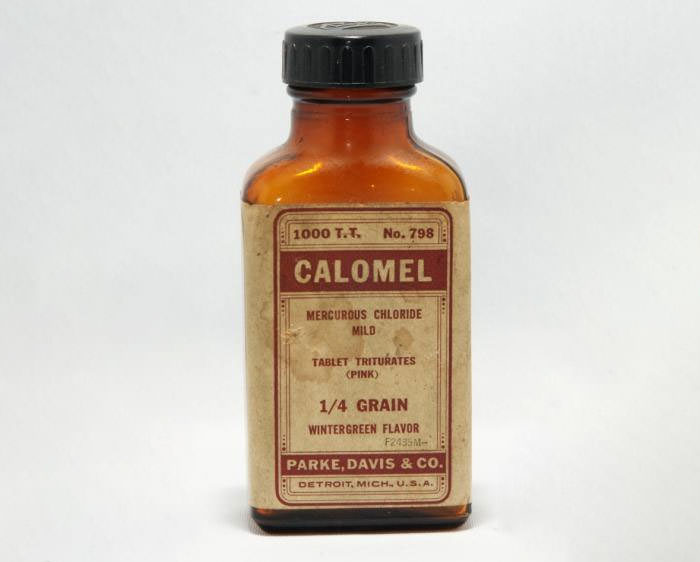
Throughout history, mercury has been used for various medicinal purposes, despite the serious health risks associated with it. In modern times, we understand that exposure to mercury can have severe consequences, including damage to internal organs like the lungs and kidneys, and in some cases, can even be fatal. Ingestion of inorganic mercury salts can also lead to kidney toxicity.
Nevertheless, for several hundred years, mercury was believed to have life-prolonging and health-enhancing properties. It was a key ingredient in numerous products and treatments for a wide range of diseases, such as melancholy, syphilis, and influenza.
One notable example of mercury use was in the treatment of syphilis, which was a widespread and often deadly disease before the advent of antibiotics. Mercury was applied topically, ingested, or even vaporized and inhaled as a treatment, despite the significant risks to the patient’s health.



Mercury was considered a magical substance by alchemists, so a Chinese emperor took it as the elixir of immorality, which led to him dying at 49, and even buried him in a mercury-filled underground mausoleum, believing it would help him rule in the afterlife.
“How I Tricked the King into Poisoning Himself” —- Memoirs of an Alchemist
Sun Tzu is impressed
How do you obtain elemental mercury?
You roast it out of cinnabar (mercury(II) sulfide mineral). Oxygen atmospheres liberate sulfur dioxide and elemental mercury in vapor phase. It is then distilled through condensing tubes to capture the liquid mercury while off-gassing the SO2 (likely into a caustic scrubber to capture the SO2 as sodium sulfate solution).